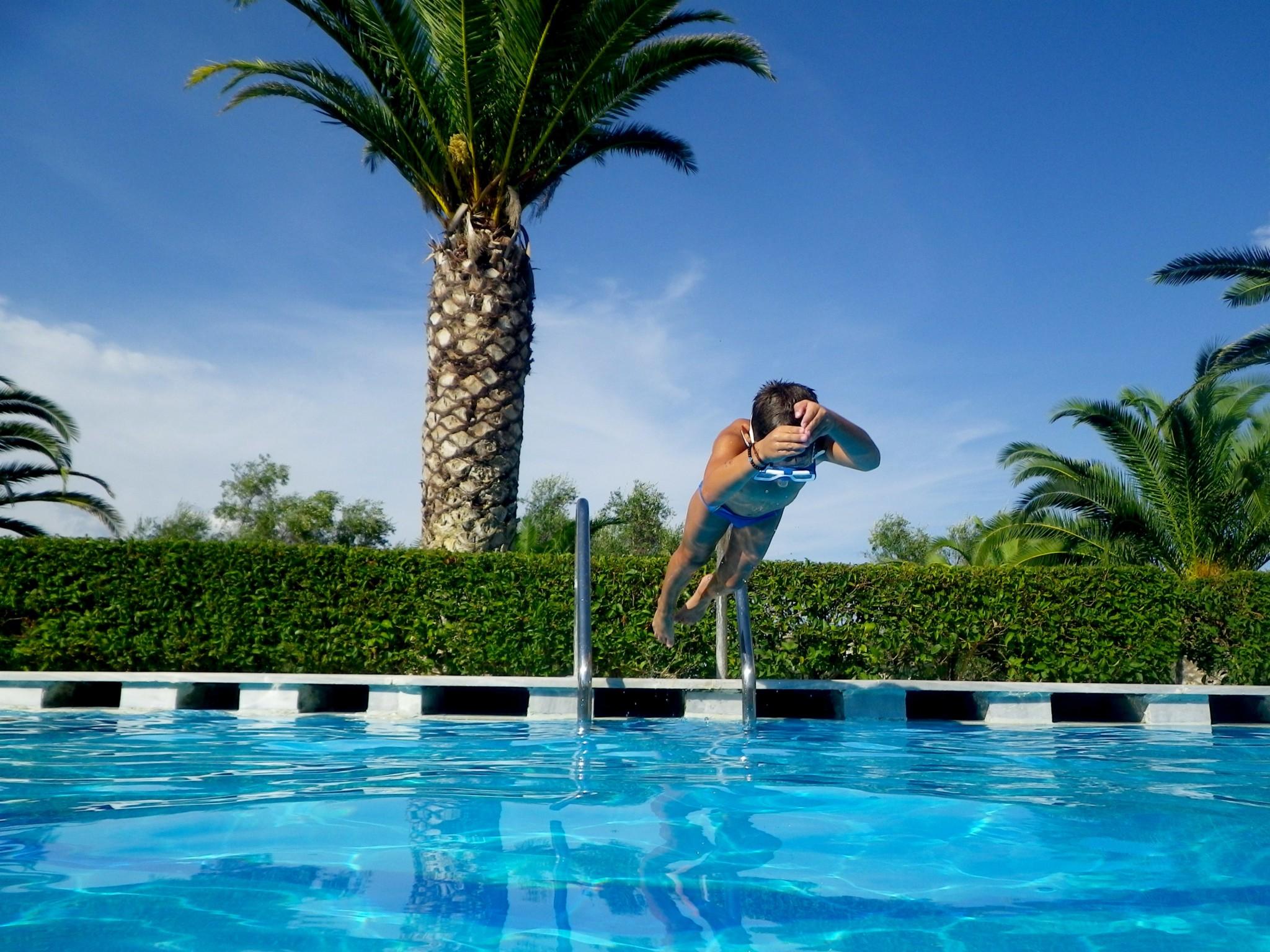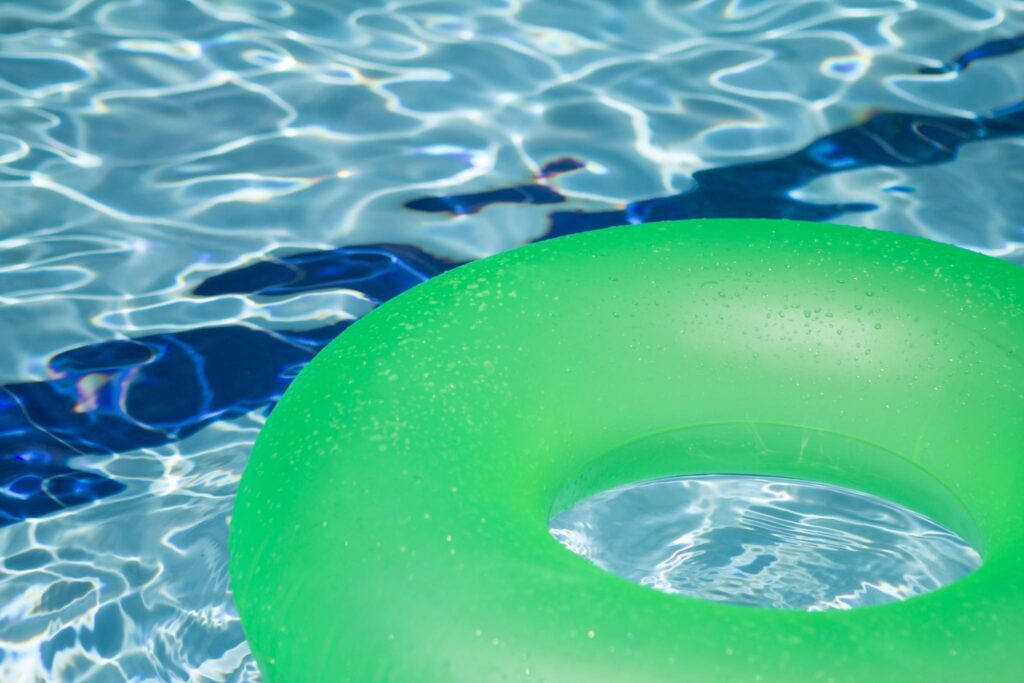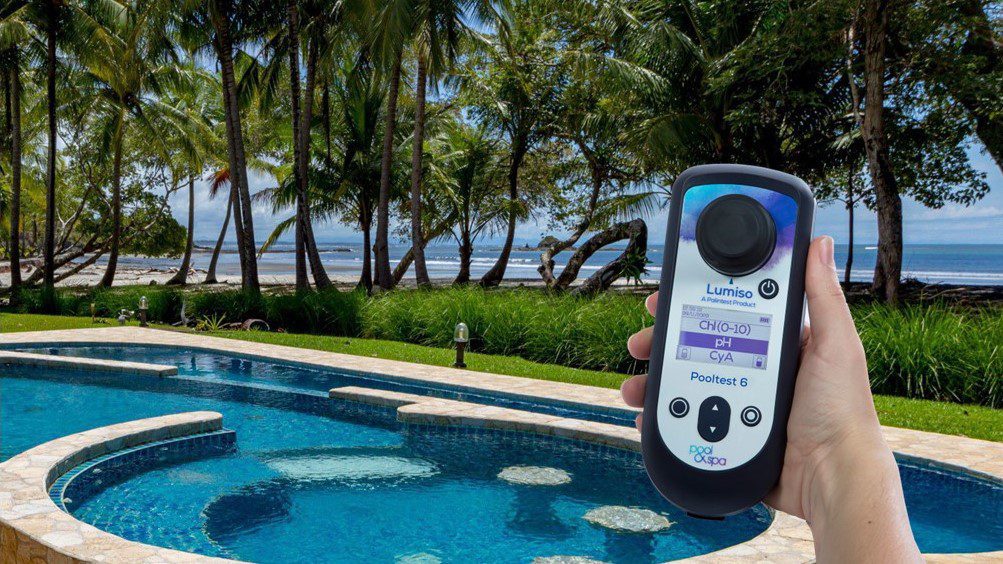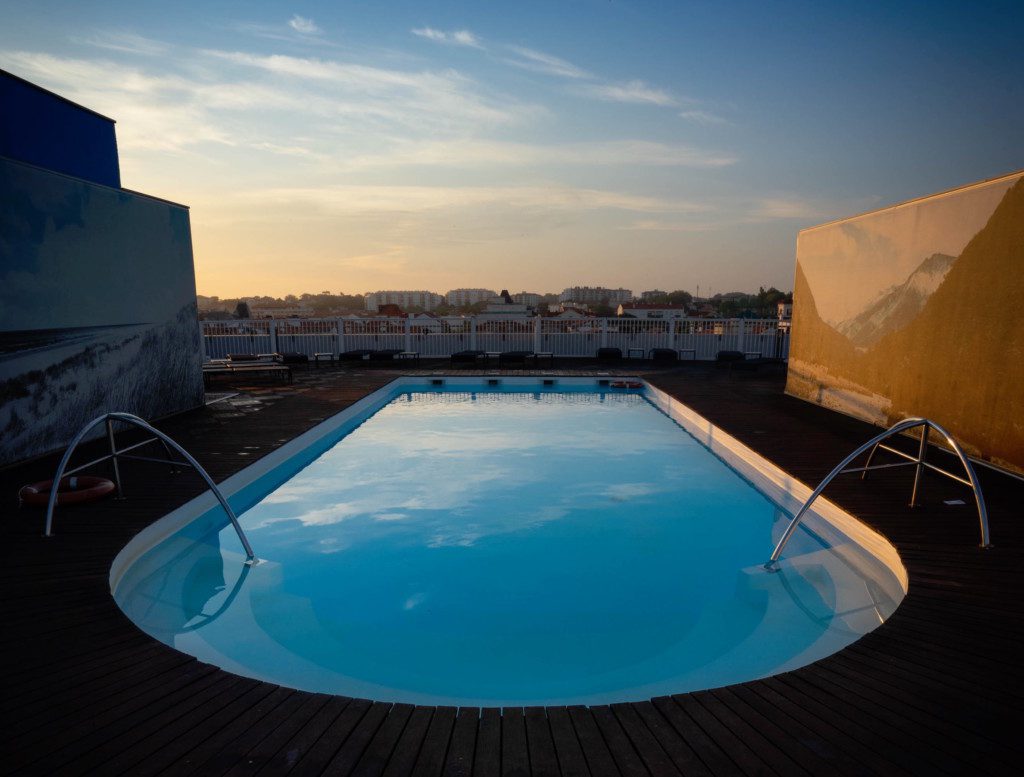05/15/2023 | Swimming Pool & Spa | 8 MINUTE READ
Dive into Summer with Confidence: The Ultimate Guide to Pool Setup Chemicals

Whether you have just purchased a new pool or are getting ready to fill your pool for the first time since winter, you’ll want to follow some basic steps to make sure your pool water is ready to use. Maintaining the right water chemistry is necessary if you want to be comfortable when you go for a swim.
When you’re getting started, there is a long list of different pool chemicals that you can use to obtain the ideal pool water chemistry. With the right balance of chemicals, you shouldn’t notice any stains, corrosion, or scale buildup around the pool surfaces. The following acts as the ultimate guide on the start-up chemicals that should be placed in your pool.

Importance of Proper Water Chemistry in a Freshly Refilled Pool
Proper water chemistry is essential if you want to prevent issues like algae growth, cloudy water, and corrosion in a freshly refilled swimming pool. While you can take steps to achieve the right water chemistry after the pool’s been used, it’s best to add the necessary chemicals immediately after the pool has been filled.
To begin this process, test your pool water to determine what chemicals need to be included. Balancing the water chemistry requires the addition of essential chemicals during the pool start-up process. During testing, make sure that you place the sensor in several areas that are at least two to three feet beneath the water’s surface. If there are small variations in your results, average them out to obtain accurate readings.
Essential Chemicals for Pool Start-up
During pool start-up, there are numerous chemicals that you should add to your pool water, the primary of which include:
- Scale and stain solution
- Alkalinity increaser
- pH increaser or decreaser
- Calcium hardness increaser
- Chlorine tablets
- Shock chlorine
- Cyanuric acid
- Algaecide
- Test strips or test kit
The appropriate amount of each chemical that you should add can be calculated based on the current water chemistry levels and the size of your pool.
Tips for Troubleshooting Common Issues During Pool Start-up
As touched upon previously, algae growth, cloudy water, and high or low pH levels are the most common issues that can arise during the pool start-up process. Troubleshooting these issues requires proper testing and balancing of the water chemistry. Make sure that you measure the water before and after you add any chemical.
Let’s say that you test your pool water and find that the pH levels are below the ideal range of 6.5-7.5. You can respond by adding a pH increaser to the water. After waiting for around two to four hours, retest the water. If the pH is still too low, add more of the increaser. When pH levels are too high, a pH decreaser should help you reach the optimal reading.

Importance of Regular Pool Maintenance and Testing
Regular maintenance and testing of your pool water chemistry is crucial to ensure the continued health and safety of any swimmers who enter. By keeping the water clean, balanced, and clear, you’ll be able to protect swimmers from harmful pollutants and contaminants. There’s also less of a chance that mineral buildup or corrosion will occur, which means that you should be able to avoid expensive hardware repairs. Performing maintenance consistently allows you to prevent issues before they occur and should help you extend your pool’s longevity.
Keep in mind that the pool liner walls are constantly coming into contact with the pool water and all of the contaminants that are found within. By maintaining these surfaces and keeping them free of mold, debris, and algae, your pool should remain clean. While the filter in your pool will get rid of dirt and most other contaminants, filter systems can undergo wear and tear over time. This damage can be mitigated with proper maintenance.
Overview of Different Types of Pool Sanitation Systems
The four basic types of pool sanitation systems that you should consider include:
- Chlorinated sanitation systems
- Saltwater sanitation systems
- Ozone sanitation systems
- UV sanitation systems
Chlorine systems are the most common solutions around and are designed to solely use chlorine to properly treat and disinfect water. The main advantages of a chlorine system include wide availability and affordable prices. The chemical also works as a residual sanitizer, which means that it continues to disinfect your pool water for days.
However, there are a few drawbacks to keep in mind. For one, there’s a higher risk that swimmers will encounter chlorine-related health problems. The possible side effects of chlorine include allergies, red eyes, lung irritation, and dry skin. Chlorine may also leave an odd pool odor that lingers.
A saltwater sanitation system uses salt treatment in order to clean the water. This treatment acts like chlorine without requiring you to place that substance in your pool water. Compared to a chlorine system, saltwater sanitation systems have lower maintenance requirements. Saltwater is also less harmful to a person’s body. You shouldn’t notice as much damage to swimsuits or towels when using a saltwater system.
The main issue with saltwater pools is that they aren’t chlorine-free. They also need to be handled and stored manually. Even though saltwater isn’t as damaging as chlorine, it’s still corrosive to certain pool surfaces and equipment.
If you’re considering an ozone sanitation system, this is the least used system at your disposal. It uses ozone gas to effectively oxidize any bacteria in the pool water. If you have this system installed in your pool, you won’t need to use as much chlorine. The water will also be softer than it would be when using a chlorinated sanitation system. However, an ozone sanitation system is expensive and is unable to provide you with continuous sanitation. Keep in mind that ozone is considered to be a toxic gas and may accumulate in a pool pump room or under pool covers.
You may also consider using a UV sanitation system, which works by exposing the water to a large bulb that uses UV light to properly suppress bacteria. This form of lighting is also effective at eliminating chlorine-resistant microbes. Many pool owners have a UV system installed to act as a secondary sanitation system. This is a clean type of sanitation that doesn’t require much chemicals.
One downside to UV sanitation is that harmful bacteria cells will remain the water, which may promote the return of these bacteria. Since a UV system doesn’t provide you with continuous sanitation, you’ll need to obtain a residual sanitizer. These systems are also expensive and can be costly to repair.

Importance of Following Manufacturer Instructions and Safety Precautions
Properly handling pool chemicals is essential for your safety. It’s highly recommended that you follow manufacturer instructions and safety precautions to prevent injuries and accidents. The exact technique you use to add these chemicals to your pool water depends on the types of chemicals you’re using. Some tips and suggestions that you should keep in mind include:
- Begin the pool start-up process by adding some scale or stain preventative before any other chemical. If your pool consists of new plaster, this step should always go first.
- Make sure that the water is properly tested to determine how much chemicals you should add.
- Wear protective safety gear to avoid exposure to chemicals in the event of water splashes.
- Only add a single chemical at a time. This process should be done with a pool pump and pool brush for proper distribution.
- While you’re adding chemicals to the water, keep your filter pump running.
- You should also allow a considerable amount of time between adding chemicals to make sure that an unintentional chemical reaction doesn’t take place.
- Retest your pool water after your pump has been running for eight hours.
- Only add chlorine shock at times when the sun isn’t overhead.
- The final chemical you should add is an algaecide.
After you open your pool, you should filter, clean, treat, and circulate the water on a daily basis. Always keep safety in mind when adding chemicals to the pool water. Keep in mind that more filtering is needed during the warm summer months.
Conclusion
If you want to balance the water chemistry in a freshly refilled swimming pool, you’ll need to add the right chemicals during pool start-up. From pH increasers to algaecides, there are numerous chemicals you can place in your pool water depending on what the current water chemistry looks like. If you want to ensure the continued health and safety of anyone who swims in your pool, you’ll need to perform proper maintenance and testing of the pool water chemistry. Make sure that you select the right pool sanitation system as well.
Posted by Dominic O'Donnell on May 15, 2023
Sensorex is a global leader in the design and manufacture of quality sensors for water quality and process applications. The company offers more than 2000 sensor packages for pH, ORP, conductivity, dissolved oxygen, free chlorine, chlorine dioxide, UV transmittance and other specialty measurements, as well as a full line of sensor accessories and transmitters. Its expert technical support engineers solve analytical sensor challenges with custom designs and off the shelf products.




